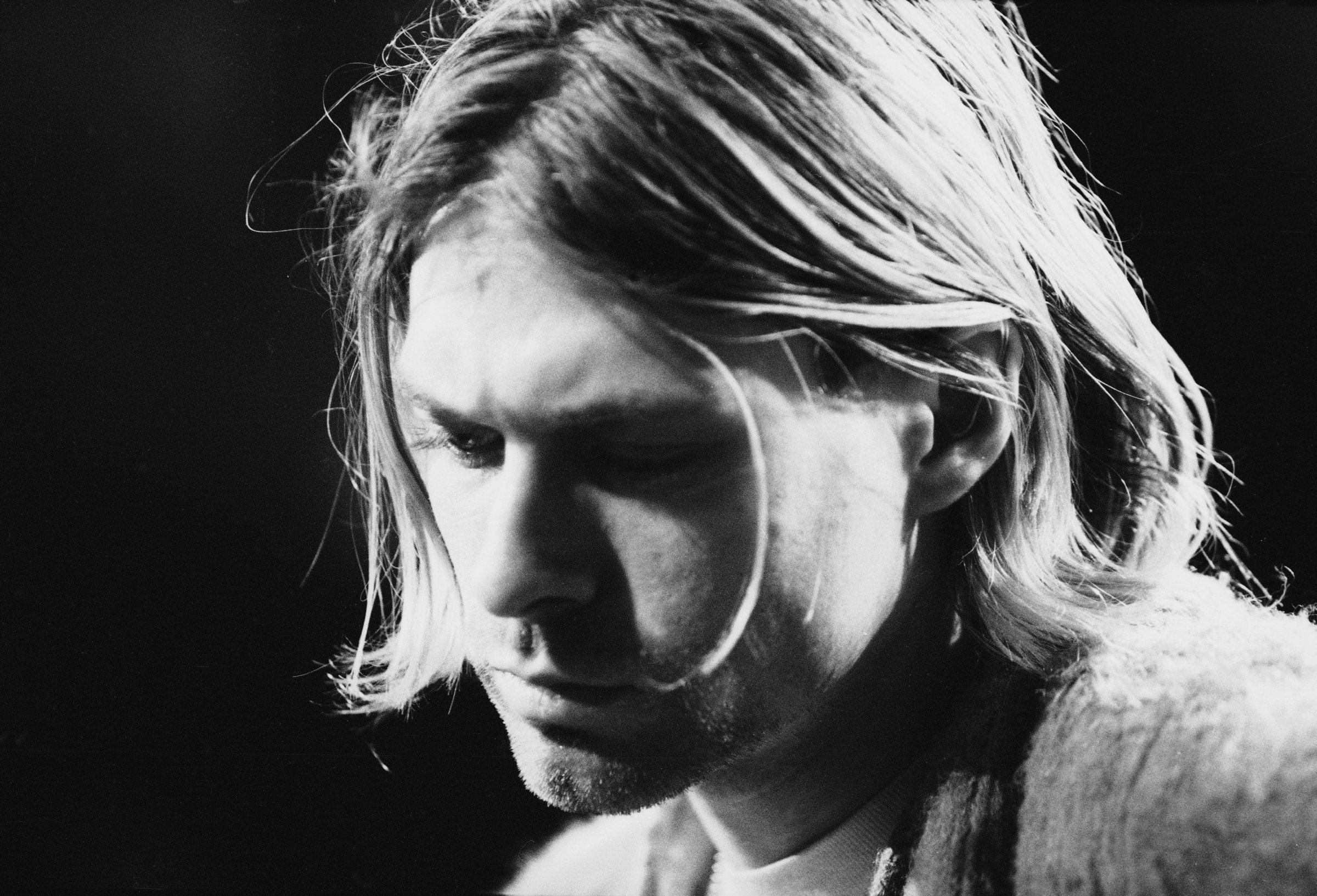
I wrote a biography about Kurt Cobain in 2006. Since then, I’ve come to the realization that it’s better to let his legacy lie because I believe he would have wanted it that way.
Kurt Cobain kicked drummers out of his band because they wouldn’t play nice with his not-so-punk-rock, practice-makes-perfect ethos. He frustrated associates (Nevermind producer Butch Vig once said Kurt was a “pain” in the studio) who couldn’t immediately grasp some vague vision he had for specific songs or his big-picture plan for Nirvana Inc. He even almost didn’t allow Dave Grohl to sit in on his band’s MTV Unplugged session because he hadn’t liked the way the drummer’s hard hitting had translated to the acoustical arrangement during rehearsals.
When it came to his image, Kurt was the careless loafer in threadbare jeans and worn flannel we still recall him to be today, more than 21 years after his death. But when it came to his art, Kurt was a perfectionist who would never allow the mediocrity that’s now being released with his name attached to see the light of day.
Were it not for Kurt’s fastidiousness, to cite another of countless examples of such, “Smells Like Teen Spirit” might have left early 1990s disaffected youth screaming, “A deposit/for a bottle/stuck inside it/no role model” for the past two and a half decades. But to Kurt, those lyrics weren’t good enough, so he scrapped them in favor of the mulatto, albino, mosquito, libido sequence those kids – myself included – came to know and still sing.
Those alternate “Teen Spirit” lyrics were published in 2002’s Journals, which was one of the earliest posthumous in-depth looks at the way Kurt worked behind the scenes. In the book’s first pages, Kurt writes:
“Don’t read my diary when I’m gone.”
And a few words later:
“Please read my diary. Look through my things and figure me out.”
Those who engage in Kurt-related voyeurism today by purchasing what’s offered them often use that last quote to justify their actions: It’s OK for us to look because Kurt wanted us to see. But — as the above example indicates — Kurt was contradictory. He also tells us through his journals that he despises celebrity, yet he specifies ways in which he is working toward achieving it. He tells us he’s not addicted to heroin, then he tells us he’s a junkie. “My lyrics are a big pile of contradictions,” Kurt writes in Journals.
When Journals came out, I ate it up. I knew the author — we were friends as teenagers — and the primary source came in all-too handy two years later when I set about writing my book on Kurt. But as I’ve grown, I’ve thought deeper. Why were these journals available for me to read? Should they have been? Would Kurt have wanted them to be?
After I honestly answered those questions for myself, I stopped caring about subsequent Kurt-related products. But – thanks to my circle of influence and that ubiquitous fiend social media — I still learned of each of the dozens of products as they came into existence. The pre-distressed Converse tennis shoes scribbled with lyrics. The 18-inch stubble-faced action figure (“with sound!”). The lifeless “Lithium”-playing avatar in Guitar Hero 5.
The humanity.
Though I may try to avoid it, celebrity exploitation constantly surrounds us. Many believe the recent release of Harper Lee’s long-buried novel, Go Set a Watchman, is an example of such, a financially motivated manipulation of an 89-year-old mentally fragile recluse. Dead celebrity exploitation – like what’s happening with Kurt — also is everywhere. We’ve even given dead celebrities a name, “delebs,” and they are a multi-billion-dollar business.
The Montage of Heck product line, which includes the HBO documentary and the forthcoming soundtrack/Kurt Cobain “solo album,” is the latest release in the posthumous Kurt Cobain machine. The film is sanctioned by Kurt’s estate — most notably his daughter, Frances, who was the executive producer of the documentary — and I’ve heard it’s a quality film, even if its script follows the convoluted myth-making tact so many other biographers, myself once included, have followed.
“Unfortunately, it matters very little what the facts are; what matters is what people believe,” Kurt’s good friend and mentor Buzz Osborne recently said in a review of the film. “And when it comes to Cobain, most of what they believe is fabricated nonsense.”
Those who knew Kurt know that he was a shy self-doubter who never would have allowed the public to view his drafts or his discards. The Kurt I knew practiced incessantly because he wanted his work to be as good as it could be before it was released for public consumption. The audio tapes being used for Kurt’s new solo album may have been made available, but that doesn’t mean we should listen to them.
Again, from Journals: “The most violating thing I’ve felt this year is not the media exaggerations or the catty gossip, but the rape of my personal thoughts ripped out of pages from my stay in hospitals and aeroplane rides hotel stays etc.”
That’s the quote I’m citing — and basing my actions on — these days.
See Art Kane’s Most Memorable Music Portraits
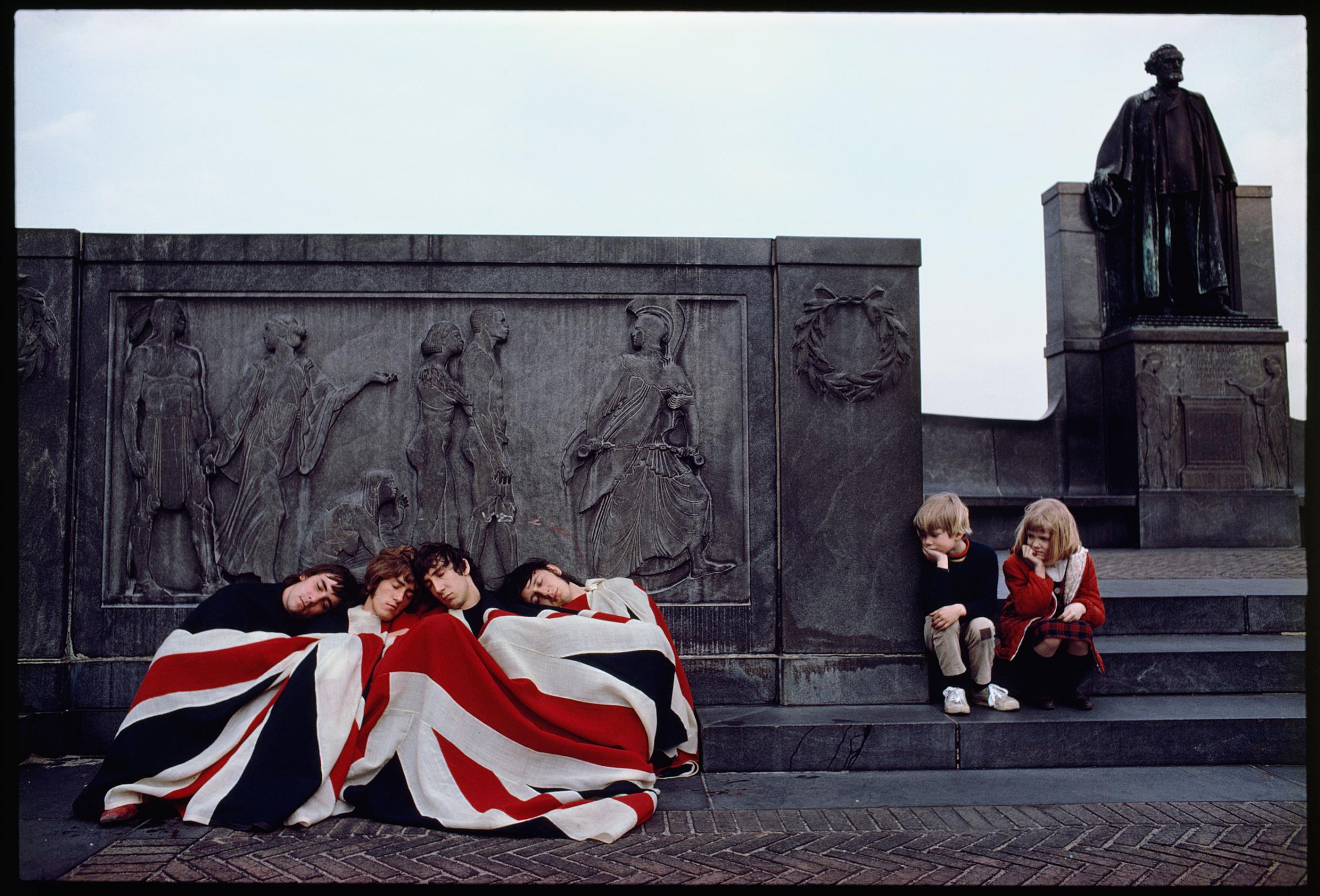
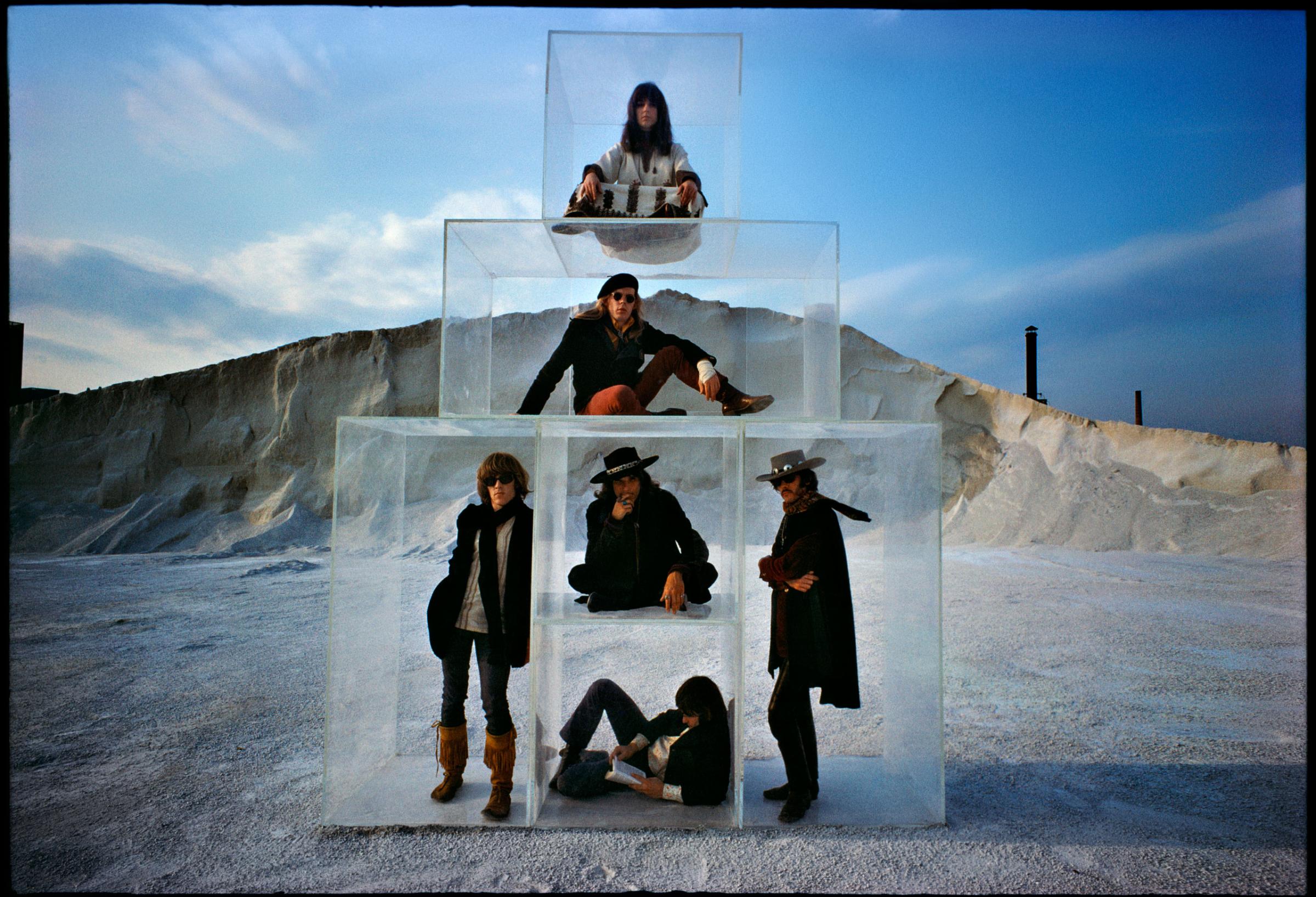
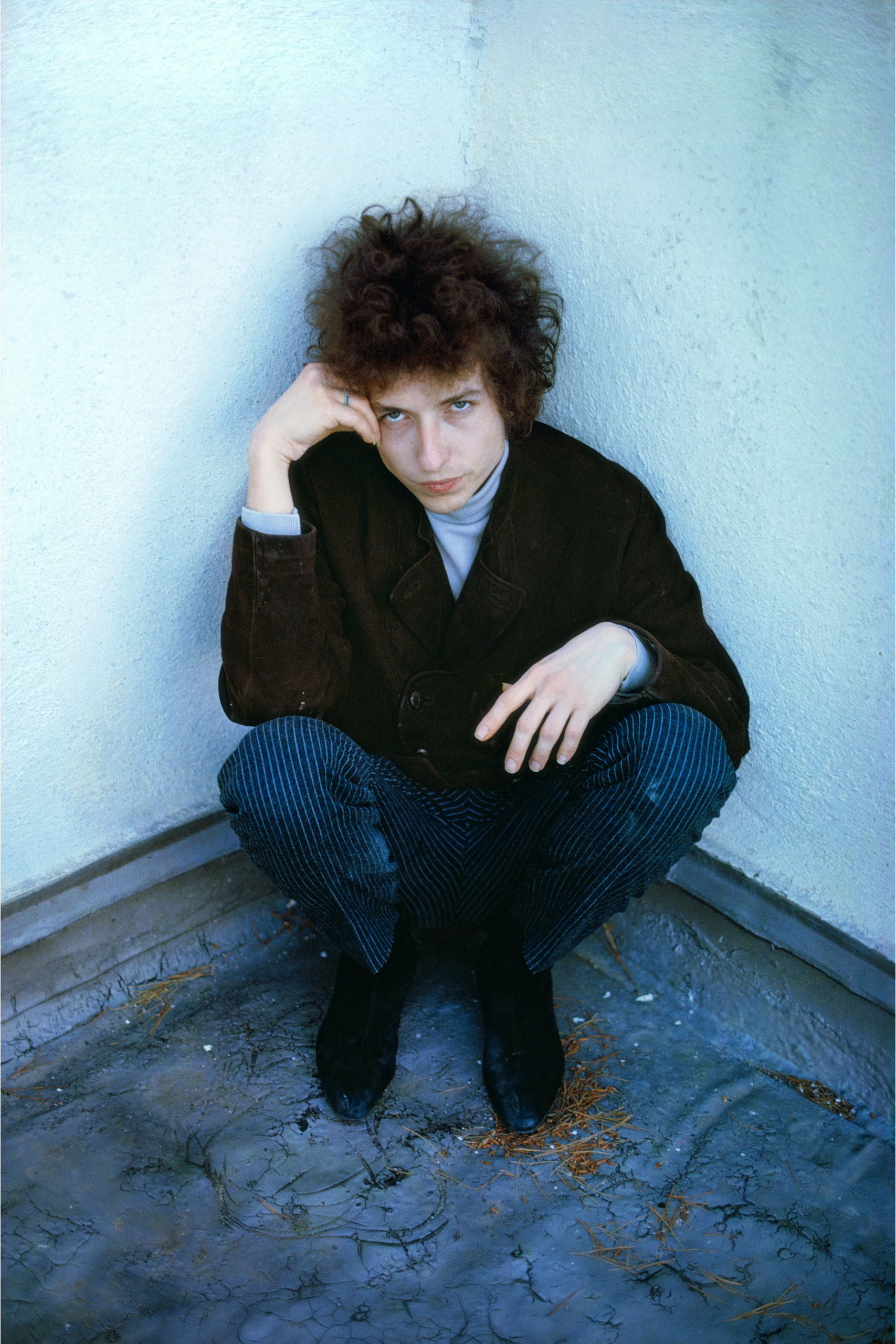
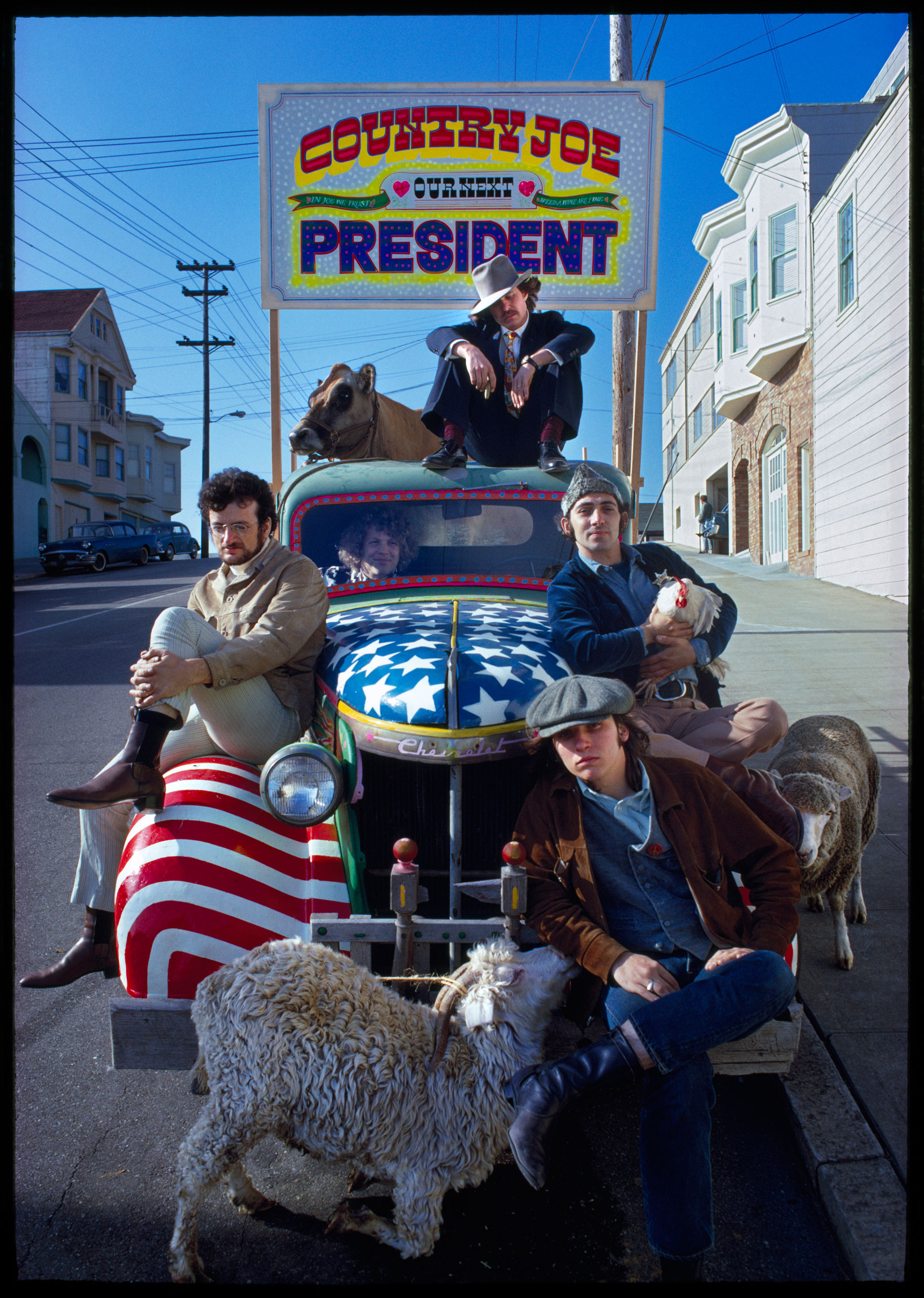



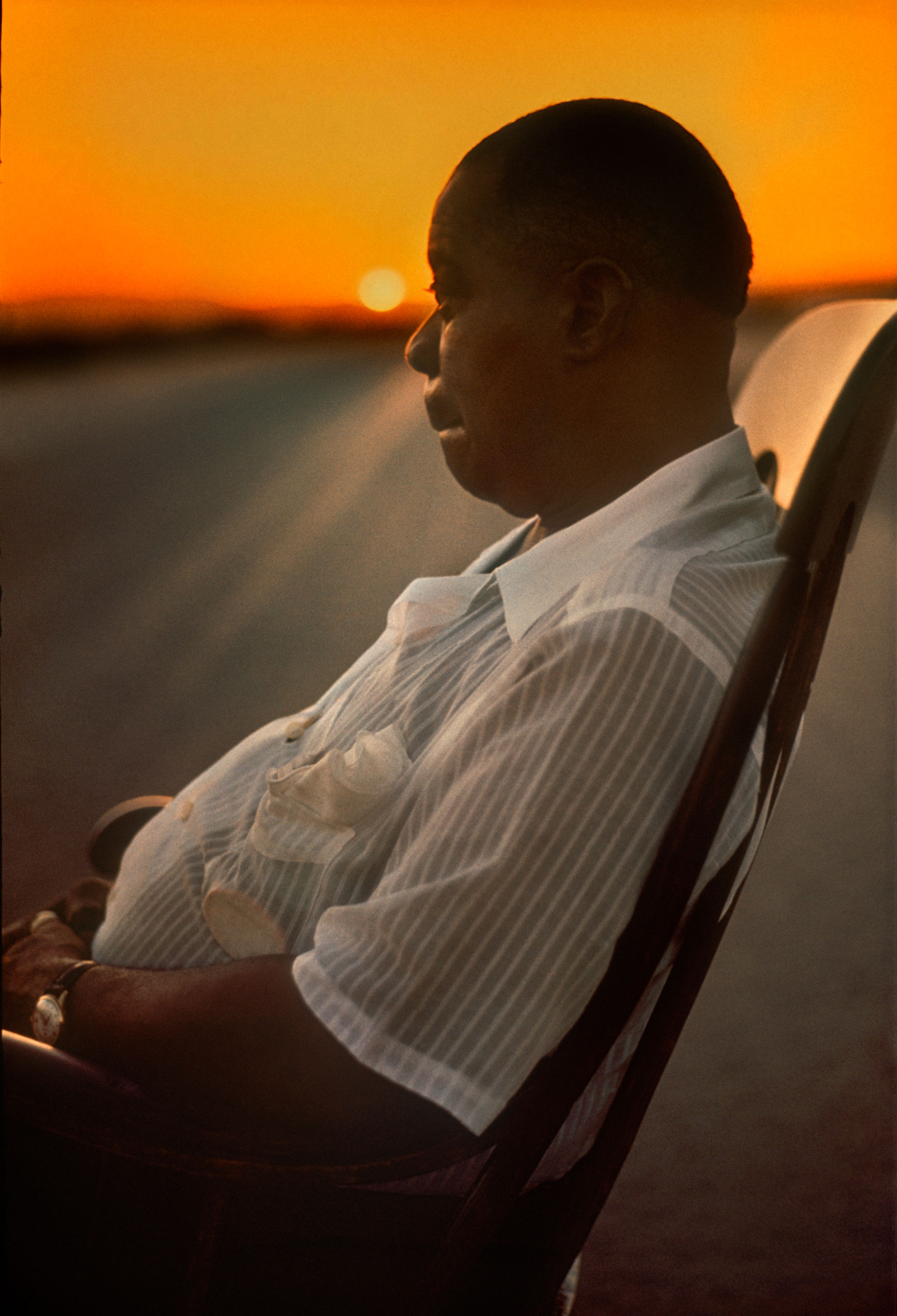

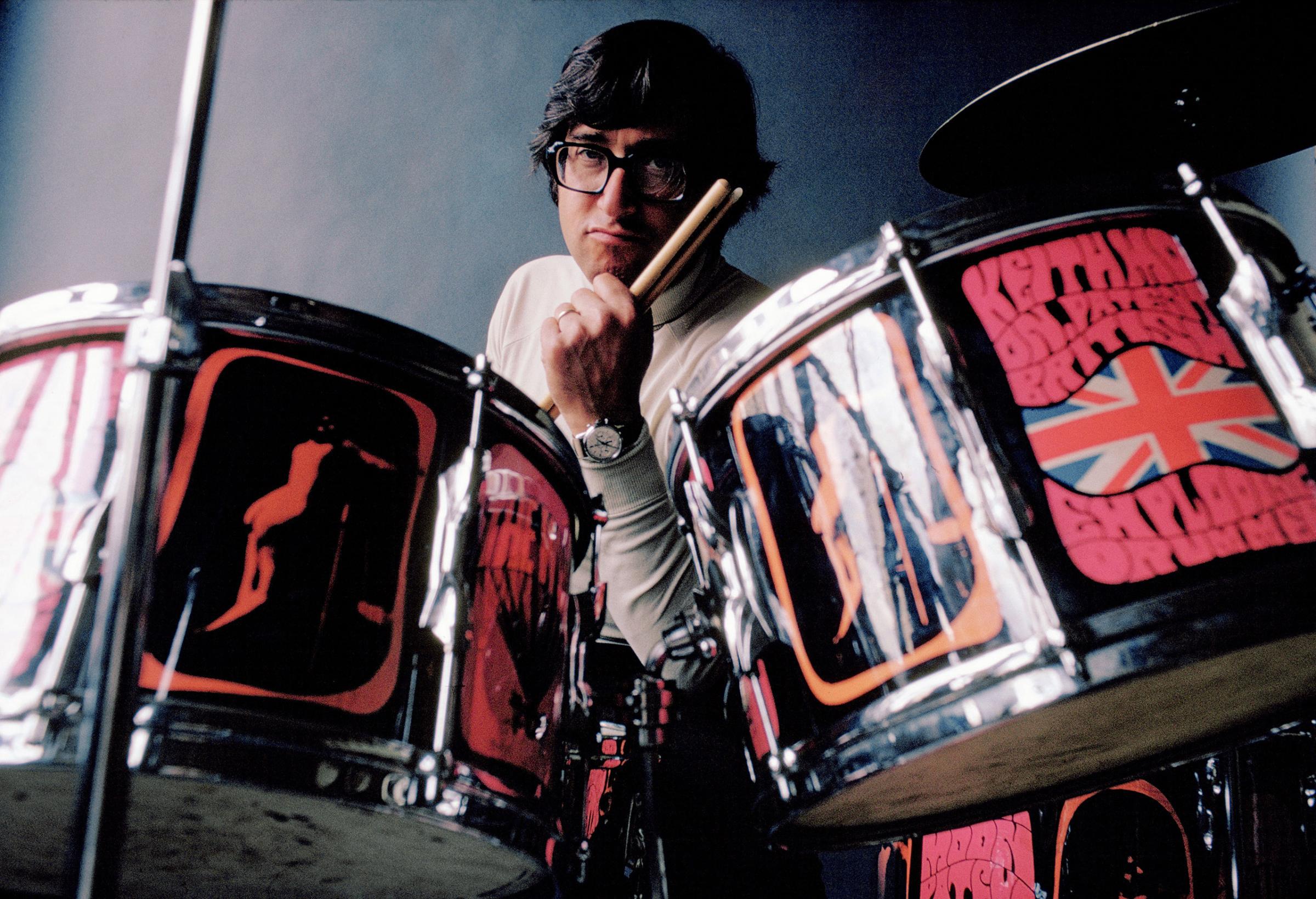
Read next: Teen Tweets Never-Before-Seen Photos of Nirvana’s First Ever Show
Download TIME’s mobile app for iOS to have your world explained wherever you go
More Must-Reads from TIME
- Why Trump’s Message Worked on Latino Men
- What Trump’s Win Could Mean for Housing
- The 100 Must-Read Books of 2024
- Sleep Doctors Share the 1 Tip That’s Changed Their Lives
- Column: Let’s Bring Back Romance
- What It’s Like to Have Long COVID As a Kid
- FX’s Say Nothing Is the Must-Watch Political Thriller of 2024
- Merle Bombardieri Is Helping People Make the Baby Decision
Contact us at letters@time.com